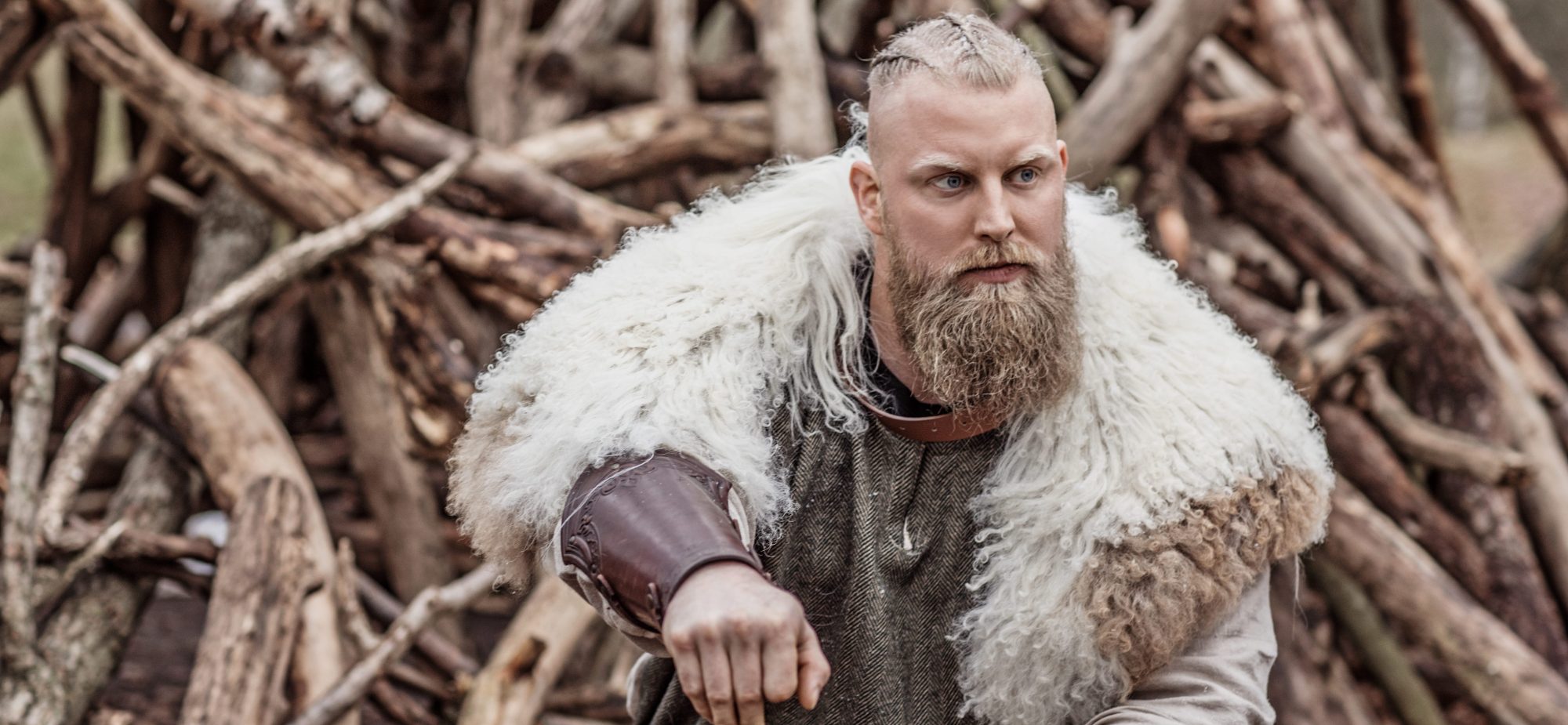The discovery of a massive 1,100-year-old graveyard has led to a surprising new view of the Nordic legacy in Britain.
Videos by Rare
It’s “the only known Scandinavian cremation cemetery in the whole country,” says archeologist Cat Jarman. Her new book River Kings takes a fresh look at who the Vikings really were and what exactly they were up to in England.
Viking history there spanned 250 years, roughly from the end of the eighth century to the middle of the 11th. But they left little record of it.
Scholars like Jarman and Julian Richards (an archaeologist and co-author with Dawn Hadley of The Viking Great Army and the Making of England) have begun picking apart the classic narrative of the Vikings in England, the account that casts the Vikings as interlopers who disappeared from English history without a trace.
“I would say the change in perception is quite revolutionary,” Richards says.
To be sure, the Viking job description always included violent combat and pillaging. But the Vikings had considerably more on their minds than plunder. There was also trade and craft and urban development and language. Instead of waiting out the Vikings until they went away, the Anglo-Saxons reaped the myriad benefits of a broad cultural intermingling that many people still think never happened.
Jarman and Richards say The Northmen—and as we are coming to know, women—made as indelible and lasting a contribution to English identity as the Anglo-Saxons.
Jarman first came on the scene in 2011 as an archaeology student, and she’s been digging at the site off and on ever since. In 2017, Jarman made the acquaintance of a local man who had freqnuently metal-detected in the area and found some brilliant Viking artifacts – heaps of coins, Thor-hammer pendants and lead gaming pieces.
Based largely on accounts written in the Anglo-Saxon Chronicle and The Life of Alfred, the accepted narrative in England has always been: Anglo-Saxons good, Vikings bad.
“The Chronicle is written in a monastery in Wessex from the perspective of bigging up Alfred and his battle against these horrendous Vikings. That builds up his claim to the whole country,” Jarman says.
“Those accounts have been the bible for studying Vikings. A lot of people still use it as the rulebook instead of saying, ‘Okay, what’s literally on the ground? What does the archaeology say?’”
British screenwriter and producer Michael Hirst, who wrote the successful “Vikings” TV series, also spent time digging with Jarman in the Repton vicarage garden.
“The whole subject of Vikings is one of those things you know something about and you realize you know absolutely nothing,” Hirst said. “One of the things the series is doing is trying to overcome centuries of prejudice and ignorance about Vikings and their culture. Little Englanders and nationalists are my bête noires—I hate that! We are still Vikings, they’re embedded in our culture. It’s about time people woke up to that.”



